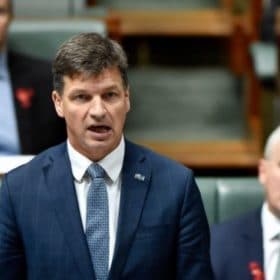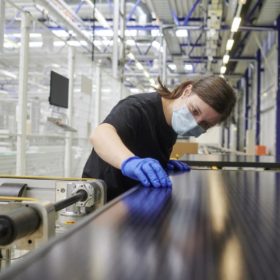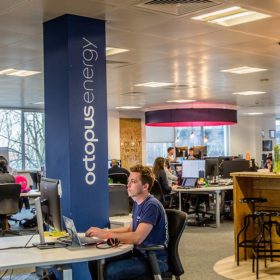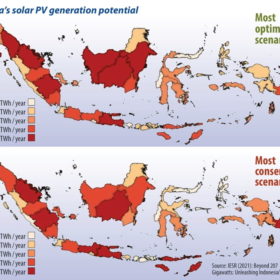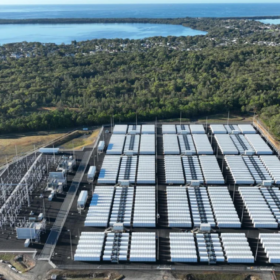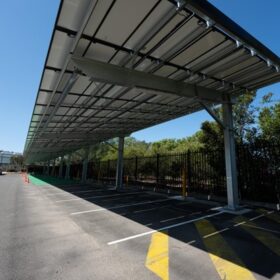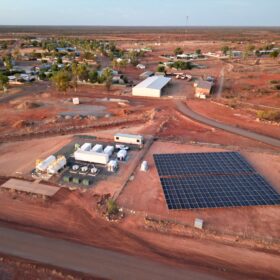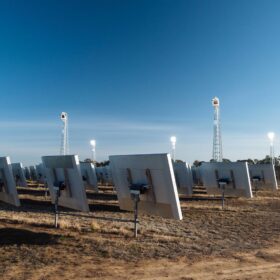Victorian council to pass solar system’s savings on to community group
Mildura Rural City Council will install a solar system with up to 99 kW of capacity at its Mildura South Regional Sporting Precinct, which is currently under construction. A spokesperson for Mildura Council told pv magazine Australia 50% of the system’s savings will be provided to a local group to deliver its ongoing sustainability programs for the community.
Battery-maker, retailer and financier alliance sees more players enter Australia’s VPP space
South Korean company LG Energy Solution has partnered with Australian fintech financier Humm Group and renewable energy retailer Diamond Energy to provide customers with Virtual Power Plant platform. Virtual power plants (VPPs) are gaining momentum in Australia as a way to decrease buyback time on home batteries and potentially add stabilisation services to the grid.
Taylor makes second attempt at knifing ARENA
The Morrison government and Energy Minister Angus Taylor have made a renewed attempt to expand the remit of the Australian Renewable Energy Agency to include technologies using fossil-fuels. The Senate, which blocked Taylor’s previous attempt to illegally siphon funding from renewables in June, is set to sit today and the outcome is far from certain.
Meyer Burger plans to launch solar PV roof tiles in 2022
The Swiss group has acquired an integrated solar roof system solution from an unidentified German engineering service provider for this purpose. The aim is grow this sector from a niche market.
AEMO’s 2021 IASR sets new scenarios and ambitions for Australia’s solar industry
Solar PV is an important contributor to all energy scenarios presented in AEMO’s latest “Input, Assumptions and Scenarios Report,” but what’s the best possible outcome it can enable?
Sodium-ion batteries a commercial reality, claims CATL
The manufacturer has launched sodium-ion products online. Production has begun and will be easily scalable, according to the CATL chairman. Researchers have been keen to make the technology work as it offers a cheaper, more environmentally friendly alternative to lithium-ion products.
How Origin can pull the plug on gas and top Australia’s clean-energy leader board!
Australia’s big energy providers are being forced to take stock of the costs of fossil fuels versus renewables. One industry analyst and commentator has a fresh recipe for success for Australia’s biggest wholesaler and retailer of gas.
First Solar plans a 3.3 GW Indian module fab
The U.S.-based manufacturer is planning a vertically integrated thin-film solar module manufacturing facility in India. The factory will likely be built in Tamil Nadu and become operational in the second half of 2023.
Sunday read: Indonesia’s coal exit plan
Indonesia, the second-biggest coal exporter in the world, is now taking more steps to reduce its dependency on “black gold” as it starts to consider clean energy.
Saturday read: In conversation with UNSW’s Anna Bruce on distributed transformation
The time is now for the energy consumer, says Anna Bruce, as energy “prosumers” produce, consume, and provide electricity and grid services in previously unimagined ways. Bruce, a senior lecturer at the University of New South Wales’ School of Solar Photovoltaic and Renewable Energy Engineering (SPREE), leads work on the role of distributed energy resources in the energy transition, analysing firsthand the dizzying level of complexity it brings.


